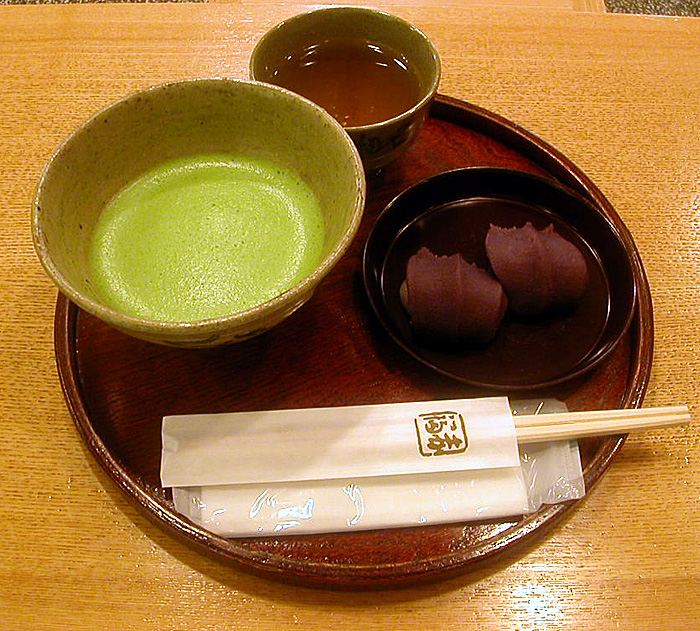Jan 23, 2017
Ritualistic Ceremonies Could Be Your Cup of Tea in Kobe

In Japan you can enjoy a cup of tea or you can immerse yourself in Japan’s Way of Tea, a ritualistic tradition that focuses on the way green tea is prepared and presented. Japan came relatively late to tea, first enjoying the hot beverage in the 9th century. China, it is said, had already been brewing tea for 1000 years by that time.
Buddhist monks who had gone to China to study began arriving home with tea seeds to cultivate in the gardens of their monasteries. The practice at the time was to grind the leaves into powder with a mortar and whip the powder into a potable beverage with a whisk. The monks prepared some for reigning Emperor Saga in 815 and he issued an imperial order to create tea plantations. But the enthusiasm for tea quickly faded away, not to be wholly revitalized for another three centuries.
The beverage made its reappearance in religious rituals in the Buddhist monasteries where it was believed tea consumption enabled priests to remain alert during long sessions of prayer and meditation without exciting the body. It is this link between Buddhist spiritual practices and tea drinking that spawned the elaborate choreography of today’s tea ceremony.
The first thing to know about Japanese tea ceremonies is that there are two seasons, one encompassing the colder months of winter and the other the warmer months of summer. Each has its own peculiar equipment and utensils, both critical to the presentation as they are employed in precise sequence. A big part of a tea ceremony is admiring the craftsmanship of the various bowls, kettles and utensils. The costumes of the preparer are dictated by the season as well.
There are also different types of tea ceremonies in Japan, an informal gathering known as “chakai” and a formal affair called “chaji.” A chakai will involve a thin tea, typically doled out in single servings, and a light meal. This is the Japanese tea ceremony most often experienced by visitors.
If you receive a formal invitation to a chaji, normally for groups of four or five, you are in for a full-blown ceremony that will last up to four or more hours. There are invitations, centuries-old rules of etiquette, thin and full-bodied “thick” tea served, and a full meal. The tea is distributed communally and your host or hostess (the male Buddhist priests have given way to young women who have studied at local tea schools) will lead you through the chaji which is intended to lead to spiritual enlightenment.
In Kobe the widest exposure to tea ceremonies occurs at Zuihoji Temple Park in early November. The popular outdoor chakai started in 1950 to remember 14th century governor Toyotomi Hideyoshi who often traveled the country with his tea master, Sen no Rikyu. The governor was said to favour this particular spot at Arima Onsen. The Arima Grand Tea Ceremony is timed to coincide with the shelter of thousands of maple and ginkgo trees that are blazing with autumn colours that complement the beauty of the rituals of the Way of Tea.
I, 小太刀 [GFDL, CC-BY-SA-3.0 or CC BY-SA 2.5-2.0-1.0], via Wikimedia Commons


About the author